Museum Objects - About

Museum Objects
Cultural history is stored in museum basements, occasionally on their walls, to preserve and protect for future generations. When I was the photographer for the Utah Museum of Fine Arts I became frustrated with the locking-up of culture while simultaneously completely understanding how important it was. This body of work came out of a desire to bring the object out of the basement.
I believe that objects connect us to the past and the future. They are living things that connect me to anyone who has interacted with it in the past and into the future for its entire lifetime. My intervention as an artist creates a vein of tangential time and experience off of the primary timeline of that object, perhaps giving it a new or extended life. Using the chromoskedasic sabattier process, I erase and reveal different aspects of the object.
The original artwork is by Hyacinthe Rigaud and titled Madame de Noailles. Rigaud is well-known for his paintings of Europe's royalty, nobility, and court members making him one of the most notable French portrait painters of the classical period. This particular portrait hung in the UMFA galleries and was a piece that I encountered frequently. I chose this one because it connects me in a very direct way to the French aristocracy of the late 17th century. And, so many museums have these kinds of portraits that I felt like it needed to be "updated." I brought it into my darkroom and decided to try to obscure the sitter as if I was someone who despised this woman and wanted to forget her though the painting is beautiful. The best one of the series with her, to me, is this one where only her hand and clothing is identifyable and the image appears scorched.
![UMFA1951.005 [Hyacinthe Rigaud, Madame de Noailles]](https://images.squarespace-cdn.com/content/v1/59bb3d16f43b55b15470e910/1558987023974-E8IMGKPQ6S8MK0A9O7XK/Object_UMFA1951-005_4.jpg)
![UMFA1938.021 [Ando Hiroshige, Great Bridge, Sudden Shower]](https://images.squarespace-cdn.com/content/v1/59bb3d16f43b55b15470e910/1558985536967-LU3OVBZAXD7Z63QZVD81/Object_UMFA1938-021_1.jpg)
![UMFA1938.021 [Ando Hiroshige, Great Bridge, Sudden Shower]](https://images.squarespace-cdn.com/content/v1/59bb3d16f43b55b15470e910/1558985537114-ZRXBCXVOT07YN1IMSE4A/Object_UMFA1938-021.jpg)
![UMFA1938.027 [Hokusai, Kintai Bridge, Province of Suwo]](https://images.squarespace-cdn.com/content/v1/59bb3d16f43b55b15470e910/1558985538141-K9GU8UHVS6NGD6CDAPXE/Object_UMFA1938-027_1.jpg)
![UMFA1938.027 [Hokusai, Kintai Bridge, Province of Suwo]](https://images.squarespace-cdn.com/content/v1/59bb3d16f43b55b15470e910/1558985538351-PKDLVERZEHL1P12344M6/Object_UMFA1938-027_3.jpg)
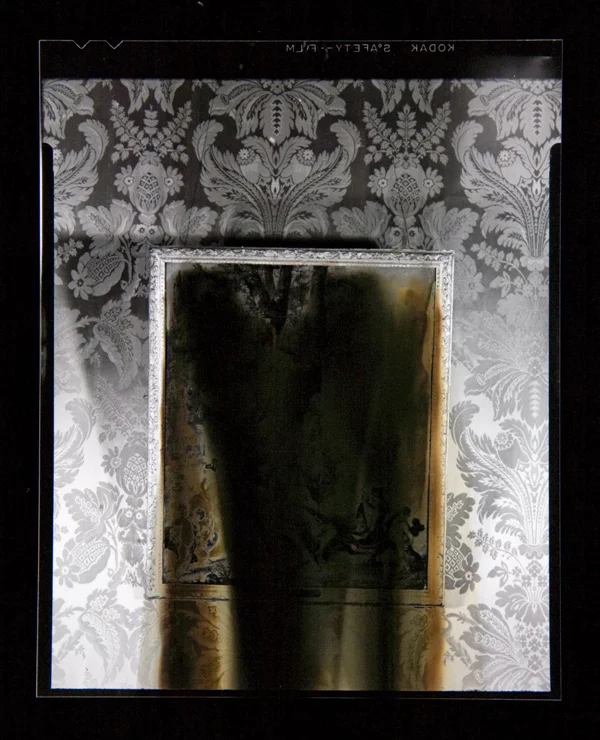
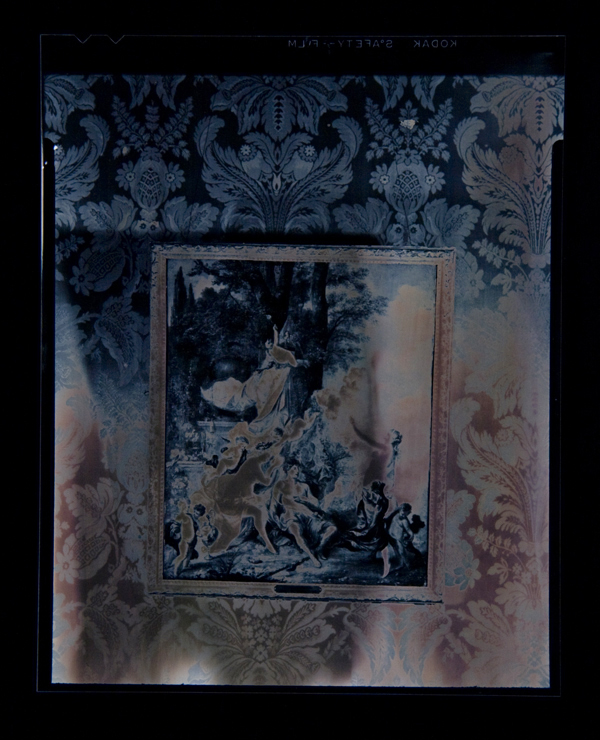
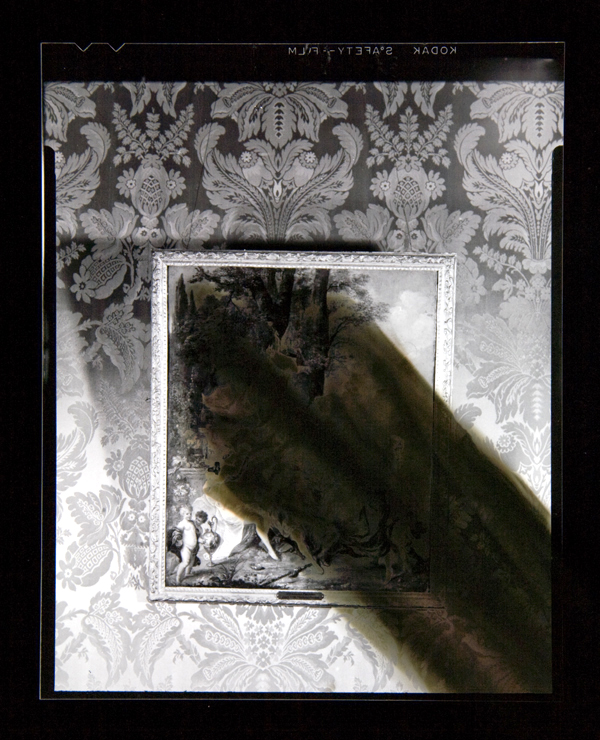
![UMFA1951.005 [Hyacinthe Rigaud, Madame de Noailles]](https://images.squarespace-cdn.com/content/v1/59bb3d16f43b55b15470e910/1558985544093-M9E96I9I14VK06FASC5P/Object_UMFA1951-005_2.jpg)
![UMFA1951.005 [Hyacinthe Rigaud, Madame de Noailles]](https://images.squarespace-cdn.com/content/v1/59bb3d16f43b55b15470e910/1558985547977-E341AQ69B6GONAE8WWLN/Object_UMFA1951-005_4.jpg)



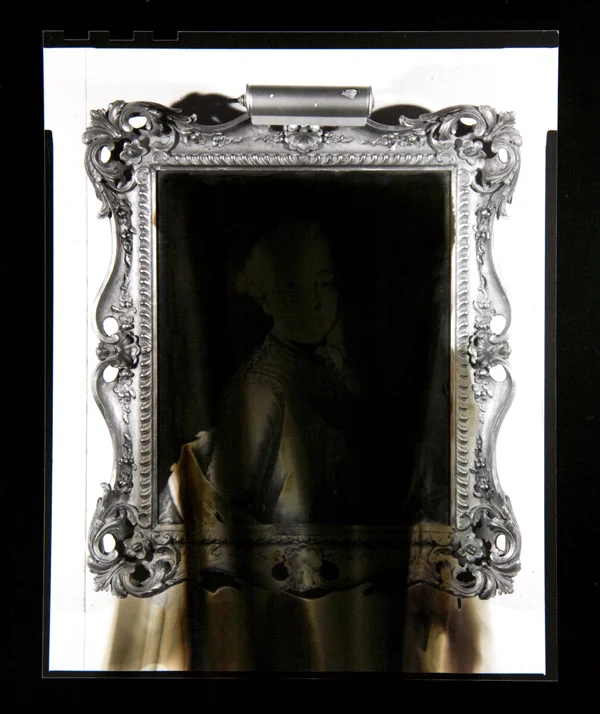
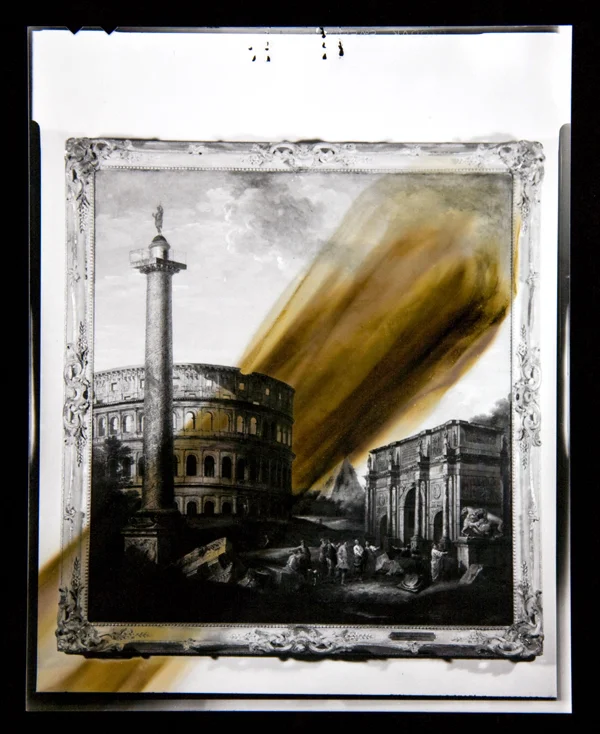

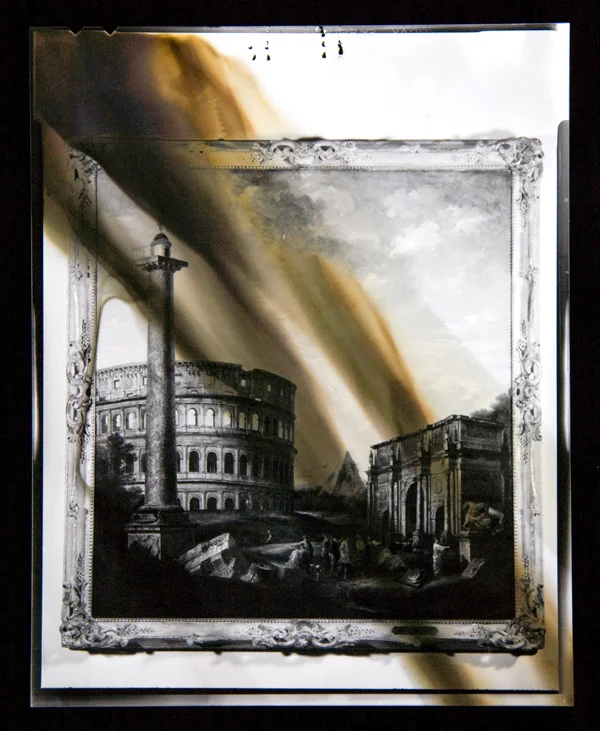
![UMFA1951.013 [Philippe Rousseau,The Fountain]](https://images.squarespace-cdn.com/content/v1/59bb3d16f43b55b15470e910/1558985556508-9O4D62MM5DU0T4YDNI0T/Object_UMFA1951-013_2.jpg)
![UMFA1951.013 [Philippe Rousseau,The Fountain]](https://images.squarespace-cdn.com/content/v1/59bb3d16f43b55b15470e910/1558985556720-G6SHHBOYJZHATS8SNUXC/Object_UMFA1951-013_9.jpg)
![UMFA1951.067 [Burmese Buddha]](https://images.squarespace-cdn.com/content/v1/59bb3d16f43b55b15470e910/1558985557796-92Y3FAXO3ZV853J7ZVCU/Object_UMFA1951-067_2.jpg)
![UMFA1951.067 [Burmese Buddha]](https://images.squarespace-cdn.com/content/v1/59bb3d16f43b55b15470e910/1558985559146-UEASVUY8UG3ZGZYBG0XK/Object_UMFA1951-067_3.jpg)
![UMFA1951.067 [Burmese Buddha]](https://images.squarespace-cdn.com/content/v1/59bb3d16f43b55b15470e910/1558985559885-ED0KMRT4BU74JJETACQU/Object_UMFA1951-067_4.jpg)
![UMFA1951.067 [Burmese Buddha]](https://images.squarespace-cdn.com/content/v1/59bb3d16f43b55b15470e910/1558985560733-H452PIGJ83TYTCQW75C2/Object_UMFA1951-067.jpg)

![UMFA1951.084 [French chair]](https://images.squarespace-cdn.com/content/v1/59bb3d16f43b55b15470e910/1558985562463-9W3BD0H2Q45N2BK79N5B/Object_UMFA1951-084_1.jpg)
![UMFAX.103 [Nepalese dancing dervish]](https://images.squarespace-cdn.com/content/v1/59bb3d16f43b55b15470e910/1558985562609-0H0IYXYG6UH3DF940NGB/Object_UMFAX-103_1.jpg)
![UMFAX.103 [Nepalese dancing dervish]](https://images.squarespace-cdn.com/content/v1/59bb3d16f43b55b15470e910/1558985563689-Z49RYU0H62UWMAPBZFXD/Object_UMFAX-103_2.jpg)